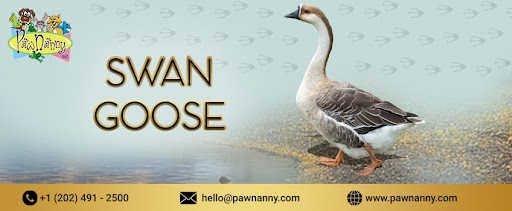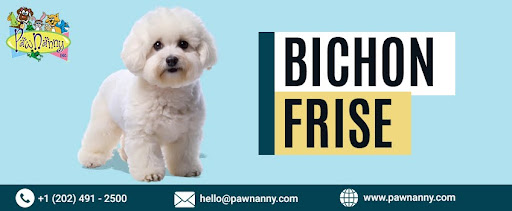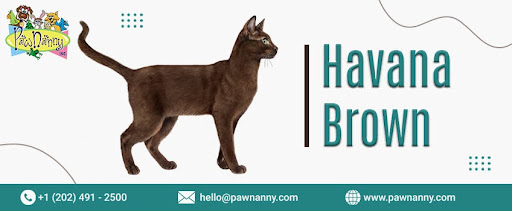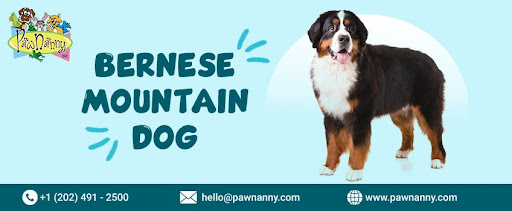
Swan Goose
Scientific Name: Anser cygnoides
Flock Members: 5 - 30 individuals
Size: 31 - 37 inches
Weight: 6 - 10 pounds
Hypoallergenic: No
Lifespan: 10 - 20 years
Behavior
The Swan Goose (Anser cygnoides) exists as a huge distinctive waterfowl species native to East Asian territories where it mainly inhabits China Mongolia and Russian territories. This species stands out from most geese thanks to its slender neck because it appears elegant. Swan Geese display dual population patterns because southern animals stay at their locations while those from northern areas migrate south for winter. During their migration and breeding seasons, Swan Geese form large social groups. The species utilizes distinct sound combinations of cackles and honks to maintain group unity. Our Pet Taxi Services in Fairfax USA will inform you about these birds and their daily patterns.
They choose wetlands as their main habitat but conduct food searches inside grasslands and agricultural fields. Swan Geese display monogamous pairing behaviors through lasting partnerships that return them yearly to their preferred nesting areas. Pair bonds strengthen when swan geese preen each other and move in perfect unison. Male swan geese act aggressively to protect their breeding site from potential intruders during mating periods. Swan Geese display warning behaviors, including wing flapping and vocal calls to defend their territory from possible threats. These birds express social cooperation while maintaining individual territorial conduct, making them valuable research subjects for scientists studying birds and those who enjoy birdwatching.
History
The Swan Goose stands as the main progenitor leading to the domesticated Chinese Goose through centuries of artificial selection for production of meat as well as eggs and ornamental value. The natural habitat of Swan Geese used to thrive throughout Chinese, Mongolian, and Russian wetlands despite losing many birds because of habitat destruction, hunting activities, and changing climate conditions.
Swan Geese choose to feed on aquatic vegetation, leading them to evolve long bills different from the grazing bills of other goose species. The historic Chinese civilizations valued these geese enough to use them as faithful Fidelity symbols with persevering characteristics. When human communities grew larger they started to occupy an increasing amount of natural habitats that Swan Geese used to inhabit. The Pet Transportation Service shows that conservation projects active during the past decades have focused on protecting existing Swan Geese populations through breeding programs initiated in multiple nations. The International Union for Conservation of Nature (IUCN) labels the species vulnerable because more conservation support remains crucial for its preservation.
Breeding
The breeding period of Swan Geese starts during late spring and continues through summer until summer in different regions according to their specific location. Swan Geese select their nesting locations near rivers, lakes, and marshes because these sites enable them to eat meals and safeguard themselves from predators. To construct her nest, the female Swan Goose selects grasses, reeds, and down feathers that she uses for insulation. She places 5 to 8 eggs and incubates them for 28 to 30 days. The male Moses vigilante protection duty around the nesting grounds to defend the eggs alongside his female partner against potential dangers.
The female and male swan participate jointly in caring for the goslings when eggs transform into hatched birds. The baby geese enter the world already equipped to walk and swim due to their precocial biological trait, which provides them with downy feathers. Following hatching the young gooses need parental guidance and protection since they develop their strength but take weeks for independence. During parenting Swan Geese show robust caretaking tendencies by guiding their young to secure feeding grounds and showing them critical survival abilities. The nesting outcomes of Swan Geese depend strongly on environmental factors and human interference, which justifies vital conservation work for their wild conservation.
Looks and Health
The Swan Goose (Anser cygnoides) displays attractive features through its elegant, lengthy neck and stylish features with exceptional feathers. Its brownish body stands out because darker markings atop the head contrast vividly with the pale area on its throat. From the back to the wings the Swan Goose exhibits brown and gray shading patterns before its underparts appear lighter. The Swan Goose positions its distinctive elongated, slightly curved black bill as an adaptation for wetland foraging because of its strength. Both male and female Swan Geese have similar colors in their feathers although males tend to show larger body dimensions.
Wild populations encounter health difficulties because of habitat destruction, pollution sources, and intentional hunting activities. Avian influenza together with parasitic infections affect the population of these birds. Swan Geese under the care of Pet Taxi Services maintain good health when they receive an appropriate diet, clean water sources, and sufficient room for movement. Their aquatic adaptation forces them to use water resources for preening their feathers and receiving necessary care for their plumage. Captive Swan Geese remain healthy thanks to routine veterinary checks, Pet Transportation Service, and proper monitoring of birds bred for conservation. Healthy wild populations and avoidance of additional population decreases depend on habitat conservation.
Food and Nutrition
Swan Geese (Anser cygnoides) survive by eating aquatic vegetation and grasses and sedges. The diet of wetland plants including roots and stems along with leaves and seeds becomes the main food source for these birds and establishes their importance as ecological contributors to wetland well-being. Their habit of eating grains and abandoned crops inside agricultural lands frequently results in clashes with farmers. Their long specialized bills efficiently extract vegetation from the aquatic environment. Their primary diet consists of leaves but they also occasionally fill their diet with small invertebrates particularly before breeding when extra protein is needed for survival. At zoological facilities, they consume grains, greens, and specialized waterfowl pellets for their nutrition. Clean water is necessary for their digestive system health and mandatory for good health. The health of these birds requires proper nutrition since their energetic needs rise during their molting phase and breeding period. Pet Taxi Services works toward conservation by ensuring wild populations obtain access to their natural feeding territories because habitat destruction leads to severe food source limitations. Sustainable management of wetlands constitutes an indispensable factor in securing both wildlife nutrients and steady ecosystem populations.
Conclusion
The Swan Goose (Anser cygnoides) stands out as an exceptional waterbird because of its elegant form while forming strong mating bonds with additional vital importance to ecological settings. These geese have their origins in East Asia where they maintain vegetation compositions while acting as food for predators within the wetland habitat. The population stands at risk because hunters destroy their habitats but conservation methods actively support their survival. Understanding the lifestyle behavior, historical perspectives, and feeding patterns of Swan Geese allows scientists to create sustainable protection plans for this species and its natural environment. Wetlands need protection and decreased human-made threats to guarantee these remarkable birds will prosper. Nature flourishes in two ways through the Swan Goose bird breed - preservation of natural beauty and biodiversity protection. The future security of Swan Geese depends heavily on ongoing conservation studies and preservation programs in their natural environment and controlled habitats. The birds' dwelling between wetlands and farmland shows the fine line between human-related affairs and wildlife habitat management, demonstrating the necessity of sustainable ecological coexistence. For more information or to avail of our Pet Taxi Services in Fairfax USA, visit PawNanny.com!










